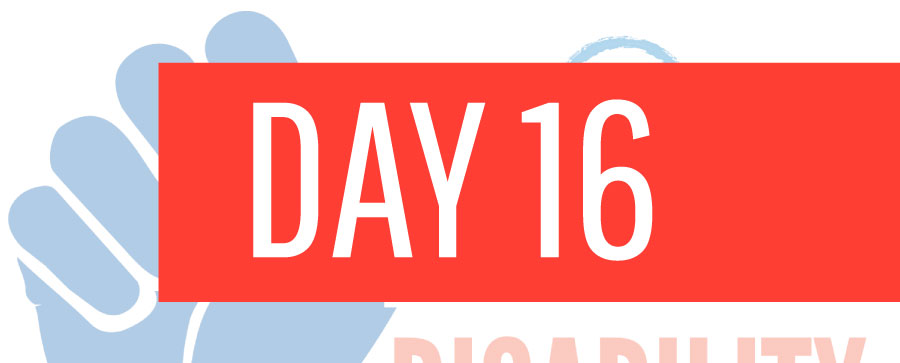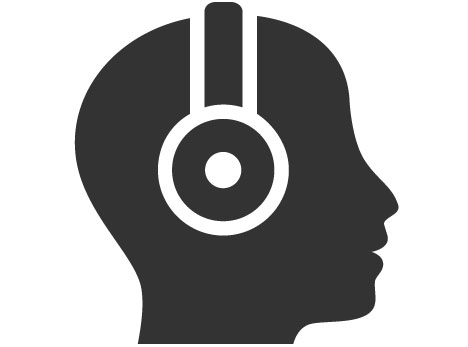
Content Note: This topic includes discussions of law enforcement brutality, physical restraint, incarceration, isolation, domestic violence, sexual violence, hate crimes, Islamophobia, mental health crisis, self-harm, suicide attempts, bodily waste, racism, audism, and ableism.
In the 1970s, the Independent Living Movement worked to get people with disabilities out of institutions and living in their communities. In the 1980s and 1990s, criminal reform laws were passed that ultimately forced many people with disabilities back into institutions, this time jails and prisons, through the criminal justice system.
Despite being no more likely to commit crimes, disabled people are more likely than non-disabled people to be charged with and convicted of crimes. People with psychiatric disabilities are especially at risk of incarceration. Shockingly, the three largest providers of mental health services in the country are all jails!
People with disabilities are more likely to be subjected to police brutality; it is estimated that one-half of people killed by U.S. law enforcement each year have a disability. Disabled people who are also LGBTQ+ or people of color are particularly at risk for police violence and incarceration.
Additionally, people with disabilities are also almost four times more likely than non-disabled people to be victims of other violent crimes. One in three robbery victims are disabled. People with intellectual disabilities are seven times more likely than non-disabled people to be victims of sexual assault, according to unpublished data from the US Department of Justice, reported by NPR. In recent years, the frequency of crime against disabled people in America is rising, and disability justice advocates say action is needed to reverse this trend.
Only by confronting ableism and racism—by advocating for significant changes to the criminal legal system, emergency responder protocols, medical and mental health supports, and victim services—can we create a truly just society for all people in America.
![[Image description: A gray-haired Black man rolls down the street in a power chair while flying a “Black Lives Matter” flag at a protest against police brutality and racism.
Attribution: Paul Becker (2020).]](https://unitedforscmi.org/wp-content/uploads/2022/08/dec16-1024x688.jpg)
[Image description: A gray-haired Black man rolls down the street in a power chair while flying a “Black Lives Matter” flag at a protest against police brutality and racism. Attribution: Paul Becker (2020).]

Read
- Vilissa Thompson, Center for American Progress – Understanding the Policing of Black, Disabled Bodies
- Jeremy Woody, The Marshall Project – The Isolation of Being Deaf in Prison (contains profanity)
- Reina Sultan, VICE – A Guide to Bystander Intervention Without Calling the Cops (includes AI text-to-speech)

Watch
- CBS Affiliate Station – ‘Service Dog Strong’ Helping Pair Sexual Assault Survivors With Rescue Dogs (3:04, includes captions)
- Sean Keenehan, PBS Affiliate Station – Many of Chicago’s Gun Violence Survivors Left With Unmet Physical and Emotional Needs, Study Finds (10:22, includes captions and article)
- AVID Prison Project, Rooted in Rights – On the Outs: Reentry for Inmates with Disabilities (36:30, includes captions, audio description, and transcript)

Listen
- Ailsa Chang, NPR – ‘Insane’: America’s 3 Largest Psychiatric Facilities Are Jails (8:15, includes article)
- Jon Hamilton, NPR – Domestic Violence May Leave Telltale Damage in the Brain. Scientists Want to Find It (7:45, includes article)
Discussion
- How can we raise awareness and advocate for people with disabilities who are victims of violent crimes?
- How did you feel when you learned that more than half of those incarcerated in the United States are people with disabilities?
- List three changes that could be made in our criminal legal system to reduce the amount of violence that people with disabilities experience.










